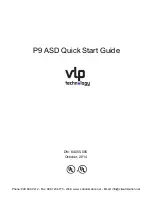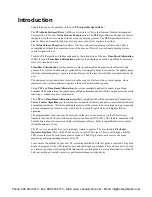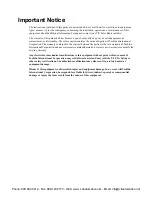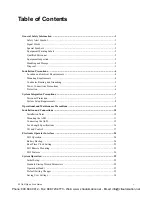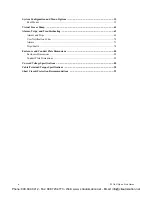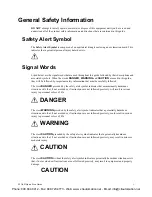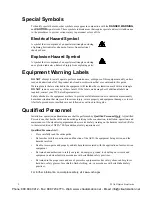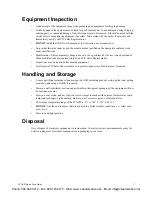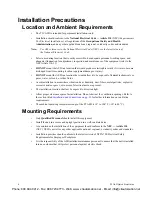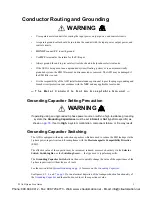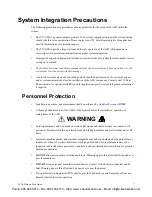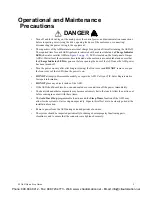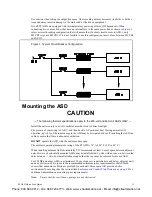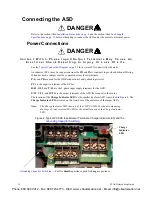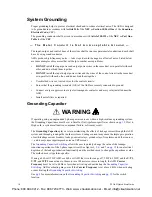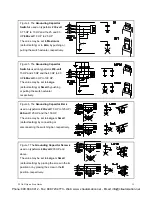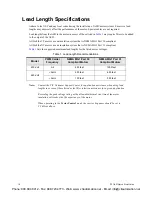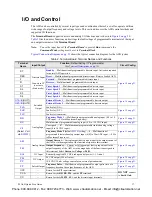
2
P9 ASD Quick Start Guide
Special Symbols
To identify special hazards, other symbols may appear in conjunction with the
DANGER
,
WARNING
,
and
CAUTION
signal words. These symbols indicate areas that require special and/or strict adherence
to the procedures to prevent serious injury to personnel or loss of life.
Electrical Hazard Symbol
A symbol that is comprised of an equilateral triangle enclosing
a lightning bolt indicates a hazard of injury from electrical
shock or burn.
Explosion Hazard Symbol
A symbol that is comprised of an equilateral triangle enclosing
an explosion indicates a hazard of injury from exploding parts.
Equipment Warning Labels
DO NOT
attempt to install, operate, perform maintenance, or dispose of this equipment until you have
read and understood all of the product labels and user directions that are contained in this guide.
Warning labels that are attached to the equipment will include the exclamation mark within a triangle.
DO NOT
remove or cover any of these labels. If the labels are damaged or if additional labels are
required, contact your TIC Sales Representative.
Labels attached to the equipment are there to provide useful information or to indicate an imminently
hazardous situation that may result in serious injury, severe property and equipment damage, or loss of
life if safe procedures or methods are not followed as outlined in this guide.
Qualified Personnel
Installation, operation, and maintenance shall be performed by
Qualified Personnel
Only
. A Qualified
Person is one that has the skills and knowledge relating to the construction, installation, operation, and
maintenance of the electrical equipment and has received safety training on the hazards involved (Refer
to the latest edition of NFPA 70E for additional safety requirements).
Qualified Personnel
shall:
•
Have carefully read the entire guide.
•
Be familiar with the construction and function of the ASD, the equipment being driven, and the
hazards involved.
•
Be able to recognize and properly address hazards associated with the application of motor-driven
equipment.
•
Be trained and authorized to safely energize, de-energize, ground, lock out/tag out circuits and
equipment, and clear faults in accordance with established safety practices.
•
Be trained in the proper care and use of protective equipment such as safety shoes, rubber gloves,
hard hats, safety glasses, face shields, flash clothing, etc., in accordance with established safety
practices.
For further information on workplace safety, visit www.osha.gov.
Phone: 800.894.0412 - Fax: 888.723.4773 - Web: www .ctiautomation.net - Email: [email protected]


